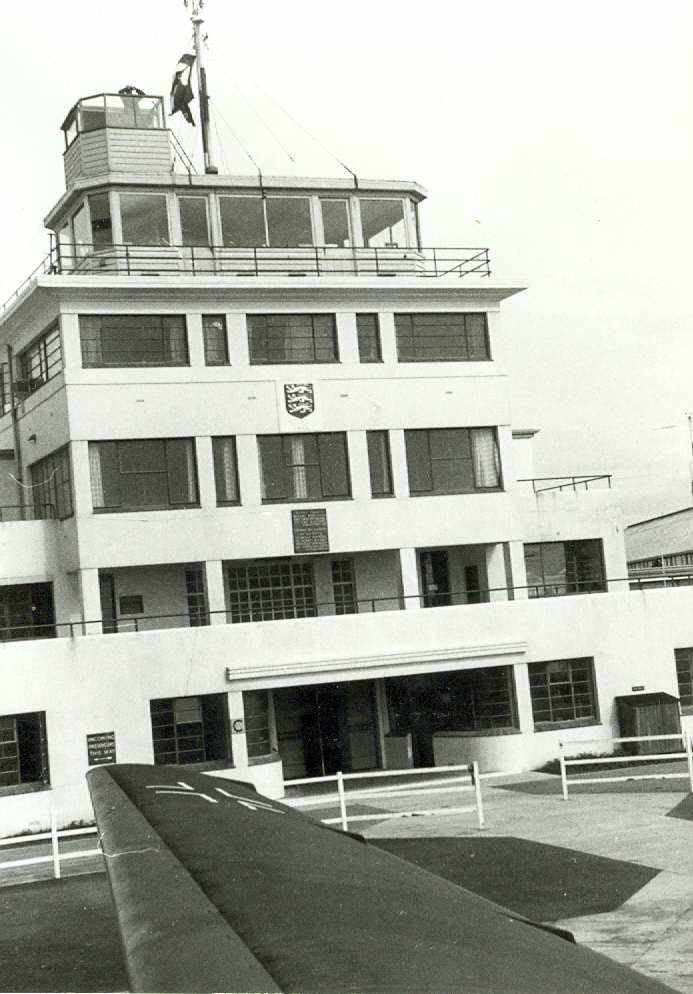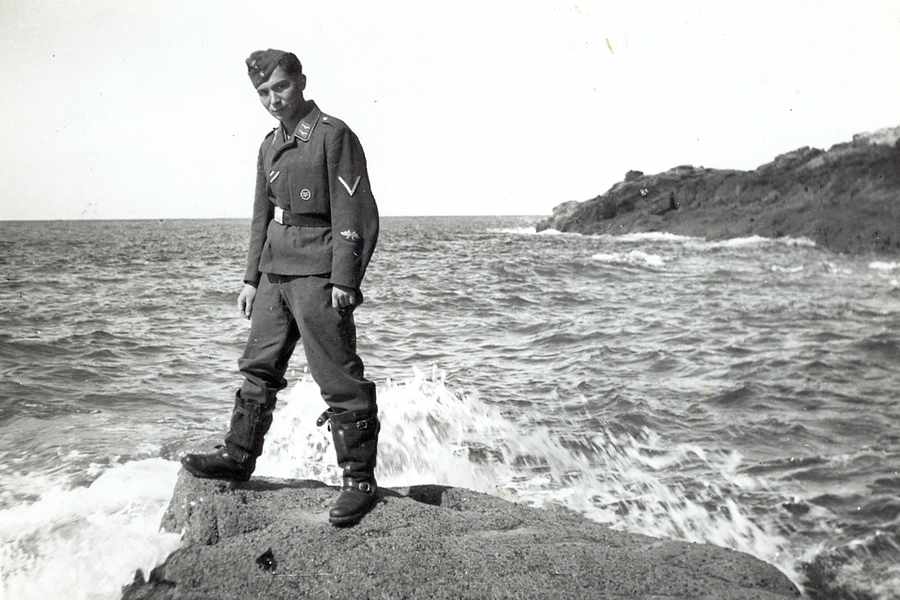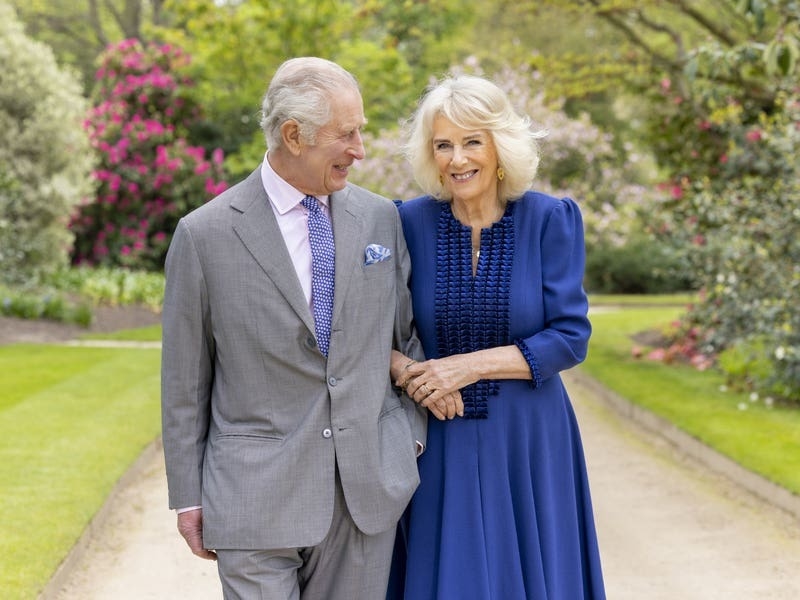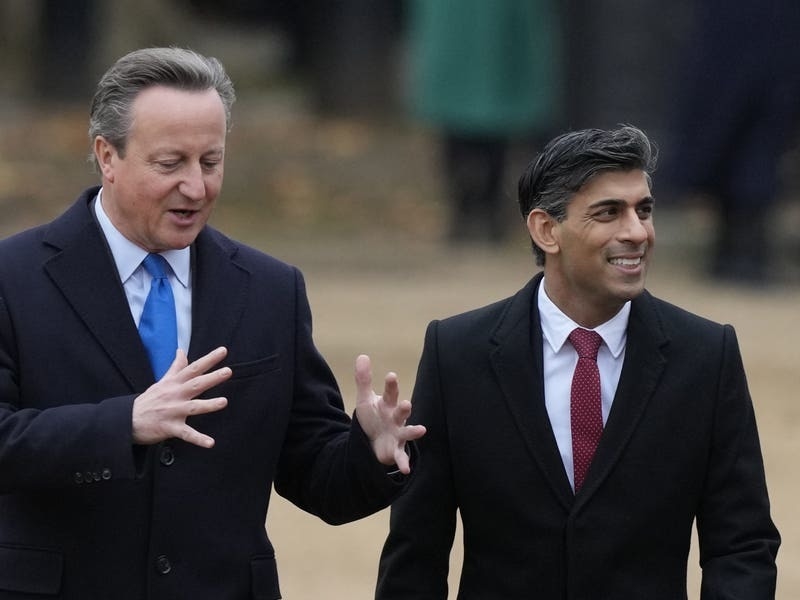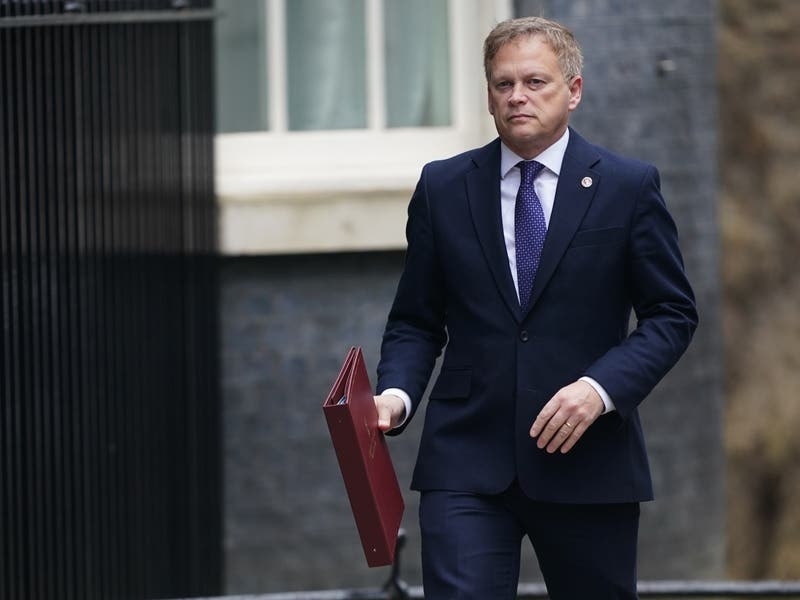- Rare pictures show the Luftwaffe holidaying in Jersey
- Battle of Britain Air Display taking place on Thursday afternoon
- Who were the Luftwaffe? Find out more below
- Video: The history the Luftwaffe
THEY are not your average holiday snaps – but these photos certainly make for interesting viewing.
They record a trip to Jersey and other Channel Islands by a squad of Luftwaffe pilots just days after they had finished a bombing run which killed 11 people in Jersey and 33 in Guernsey and injured dozens more.
The photos are thought to have been taken by Fritz Pons, a member of the Heinkel 111 bomber crew, who gave them to Andy Saunders, now the editor of Britain At War magazine, while he was interviewing former pilots in the 1970s.
Mr Saunders (60) said he had not come across any similar photos since being handed the shots of the Channel Islands.
‘It was in the late 1970s and I went to several Luftwaffe reunions in Germany to interview veterans who had flown missions over England during the Battle of Britain,’ he explained.
‘Having carried out some research, I found that it was this particular unit who had attacked St Peter Port and Jersey.
‘The pictures were taken within a couple of weeks of the start of the Occupation and a couple of weeks before the Battle of Britain kicked off.
‘There was really no operational reason for the Luftwaffe to be in Jersey.’

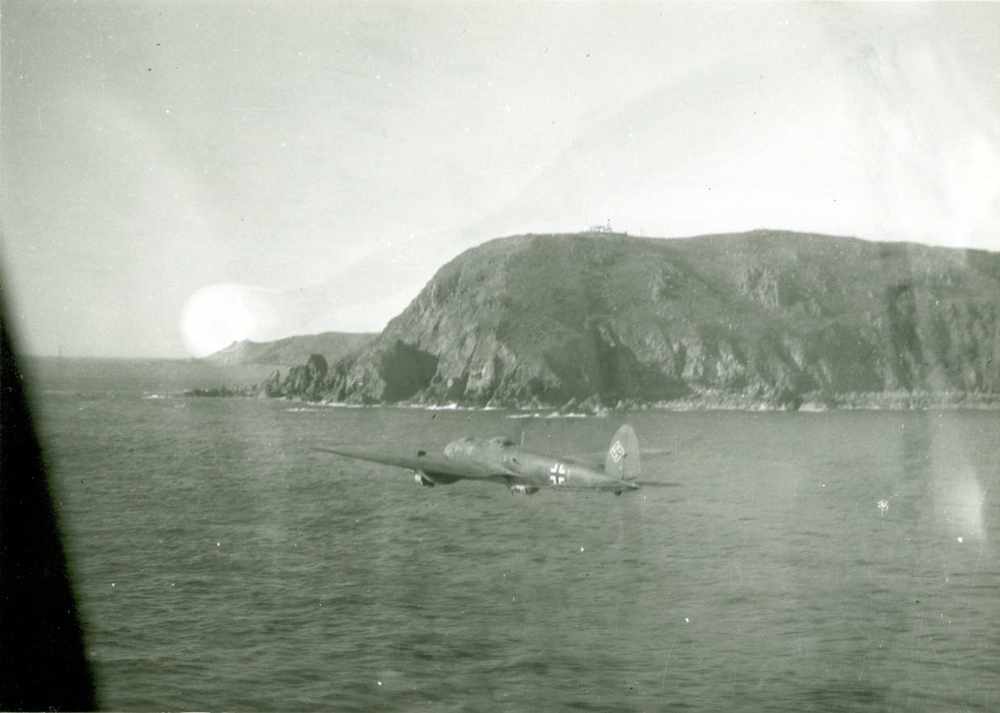
Mr Saunders said it was likely that the unit, which was based near Nazi-occupied Paris, had visited Jersey on a day out during a lull between missions.
- Luftwaffe is a generic German term for an air force.
- It was also the official name for the Nazi air force founded in 1935.
- Led by Hermann Goering, it became the largest and most powerful in Europe by the start of the Second World War
- Germanys military air arms during the First World War, the Luftstreitkräfte of the Army and the Marine-Fliegerabteilung of the Navy, had been disbanded in 1920 as a result of the terms of the Treaty of Versailles which stated that Germany was forbidden to have any air force. However, during the inter-war period, German pilots were trained secretly in violation of the treaty. With the rise of the Nazi Party and the repudiation of the Versailles Treaty, the Luftwaffe was established on 26 February 1935 and grew to become one of the most sophisticated, technologically advanced and battle-experienced air forces in the world, when war began in Europe in 1939.
- By the summer of 1939, the Luftwaffe had twenty-eight Geschwaders (wings).
- The Luftwaffe was instrumental in contributing to the German victories across Poland and Western Europe. During the Battle of Britain, however, despite causing severe damage to the RAF’s infrastructure and British cities during the subsequent Blitz, it did not achieve victory.
Some of the photos show Channel Island coastlines from the air, while one shows members of the unit posing with trays of tomatoes at Jersey Airport.
‘It seems they had flown to the Channel Islands for a day out, as it wasn’t uncommon for Luftwaffe aircrew to be given permission to fly up,’ Mr Saunders added.
‘They may have done it to be able to write home to say they had set foot on British soil.’
Luftwaffe airman Fritz Pons, who does not appear in the photos, is thought to have been the photographer who captured the scenes of the bombing crew’s trip to the Island.
He handed over the collection to Mr Saunders, who met him in the late 1970s.
‘Fritz Pons was shot down in 1941,’ the military aviation historian explained. ‘He ended up being shot down over Windsor Park during a night raid. He was captured and spent the rest of the war in a PoW camp.’
Mr Saunders stayed with Mr Pons during a trip to Germany to interview aviation veterans.
He believes that the former airman died in the late 1980s or 1990s.
At just 19 years of age, Ernst Ostheimer was the youngest member of the bombing crew.
A month after the attack on Jersey and Guernsey, his plane was shot down over Berkshire in July 1940.
He and three other men parachuted to safety and were later captured by the authorities, but not before going on the run in the English countryside for several days.
Mr Saunders said: ‘Mr Ostheimer and three crew went on the run and were loose for between a week and ten days. They evaded capture and gave the authorities the run-around.
‘When they were captured, the men were dehydrated.
‘They had managed to scavenge some food from fields but were in a bad way.
‘They returned to Germany after the war.’
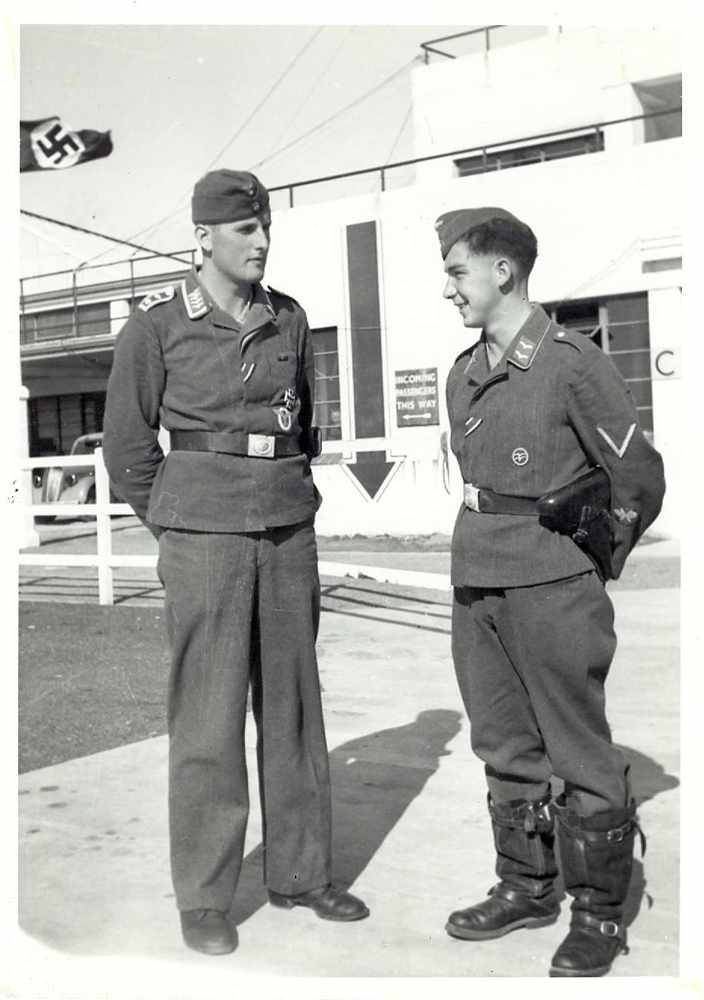
Details of Mr Ostheimer’s capture are revealed in Mr Saunders’ book Arrival of Eagles. Luftwaffe Landings in Britain 1939–45.
It tells how Mr Ostheimer and Heinz Morgenthal were apprehended under unusual circumstances as a team of Canadian soldiers searched for them.
‘In the end, it was sheer bad luck which resulted in their capture, after a determined effort to find them in woods at White Oak by Canadian soldiers had initially failed following a day-long search,’ Mr Saunders writes.
‘As the soldiers returned to their trucks, unsuccessful in their hunt, one of the Canadians wandered off to relieve himself in the undergrowth when an urgent shout suddenly went up. ”Over here!”
‘The startled Canadian soldier had found himself urinating on an equally astonished Heinz Morgenthal and Ernst Ostheimer before the two were hauled out of their hiding spot under a rhododendron bush and hurriedly interrogated by a local man who could speak German.’
